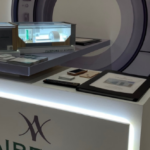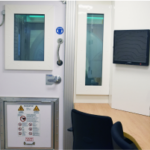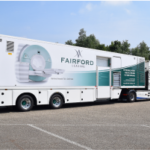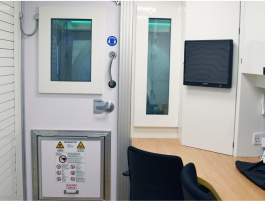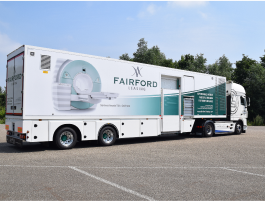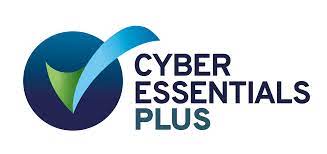Wearable technology
We have well and truly integrated wearable technology into our lives, relying on it increasingly for managing our time, money, messaging and health.
It’s in the healthcare sector, in fact, where we see a huge impact. Hospitals are using Fitbits for things like managing weight loss programs, for example, patients are using wearable tech to monitor their own fitness and work towards healthier lifestyles, and doctors are making full use of wearables such as Google Glass.
Wearable devices also have a number of other advantages for the medical imaging sector. With the development of AR, radiologists and radiographers will be able to look at data points from a CT scan or an MRI, make a hologram to place on the patient during a procedure, and insert a needle accordingly, using data at their fingertips.
In diagnostic radiology, medical professionals are now able to prioritise patient care and improve efficiency by wearing headsets that enable them to view multiple images with a limitless view, away from a screen.
It even impacts education, with students now able to wear optical gadgets while moving around a fixed image of the anatomy (just one example) which has been created as a hologram.
All these give the potential to integrate machine learning and artificial intelligence into the plan for a patient’s care, something which is only going to improve knowledge and efficiency in the future.
3D printing
This tech has arrived with a bang and is here to stay. Even the FDA has released guidance, which, it’s widely agreed, cements its prominence in the medical industry.
That’s understandable when considering that as technology advances, patients are more and more likely to be treated with tools and products that have been created especially for them. It may not be as new in 2018, but it is no less revolutionary.
Artificial Intelligence
As we move towards a greater understanding of AI, it is gradually gaining respect in the radiology and radiography sectors, because of the positive impact it can have on a patient’s care. Software is improving – led in part by the likes of Google’s Tensor Flow and MXNet – and this is enabling professionals to do things such as improve analytics, analyse images, log data and spot patterns in it.
With 2019 fast approaching, it remains to be seen how far we can go with these latest technologies, but we can all be certain that they will be put to good use, increasing productivity and improving patient care.


